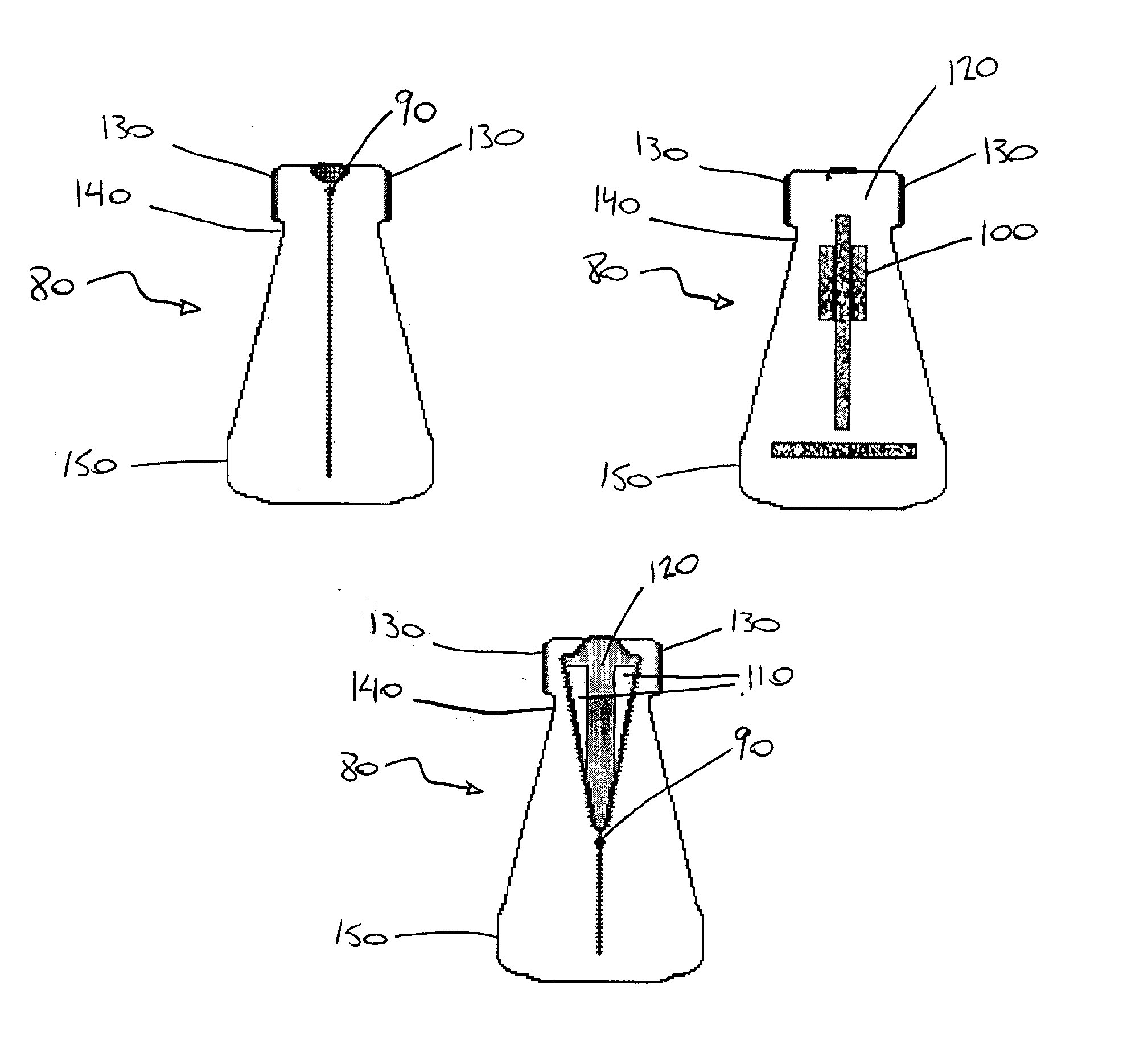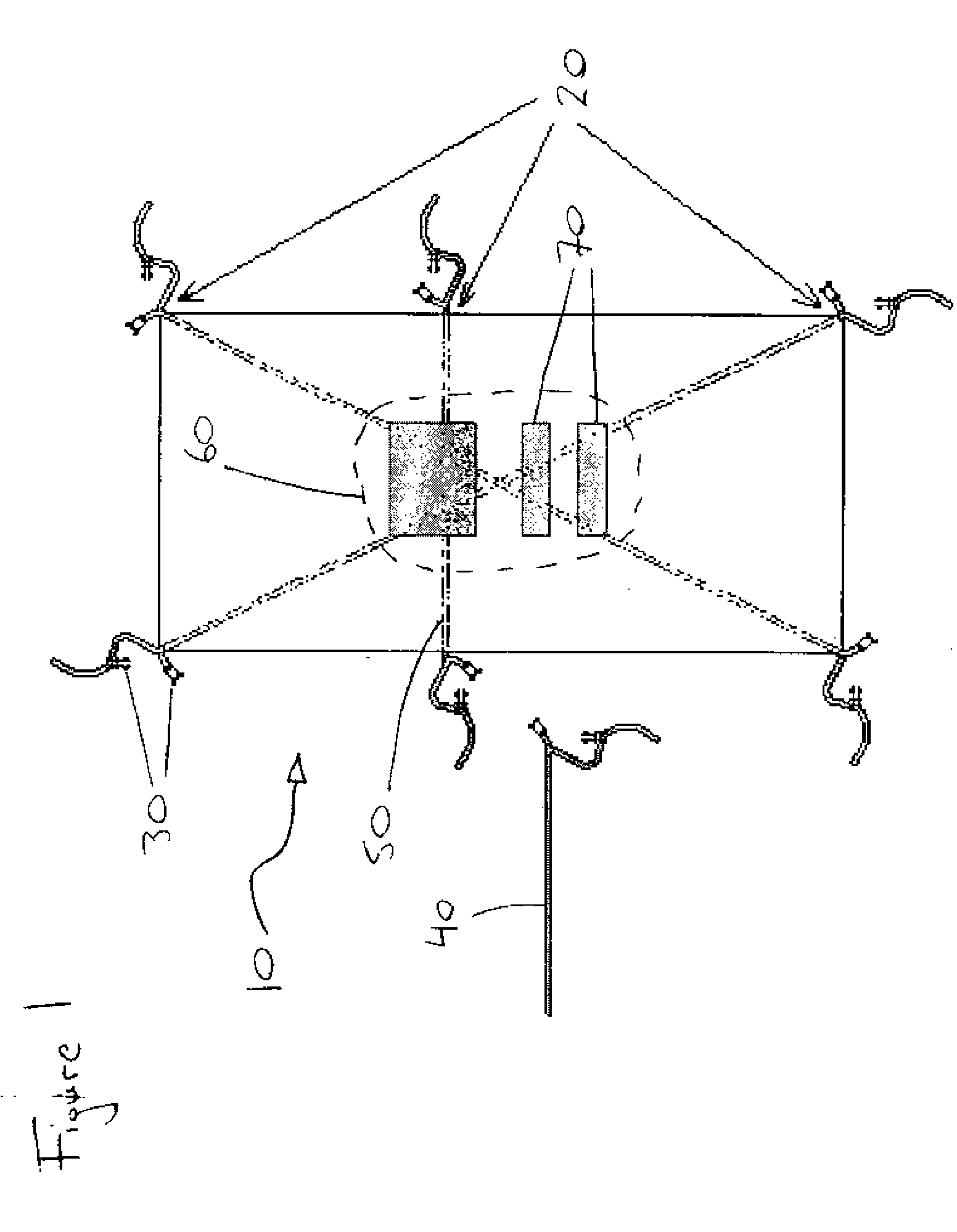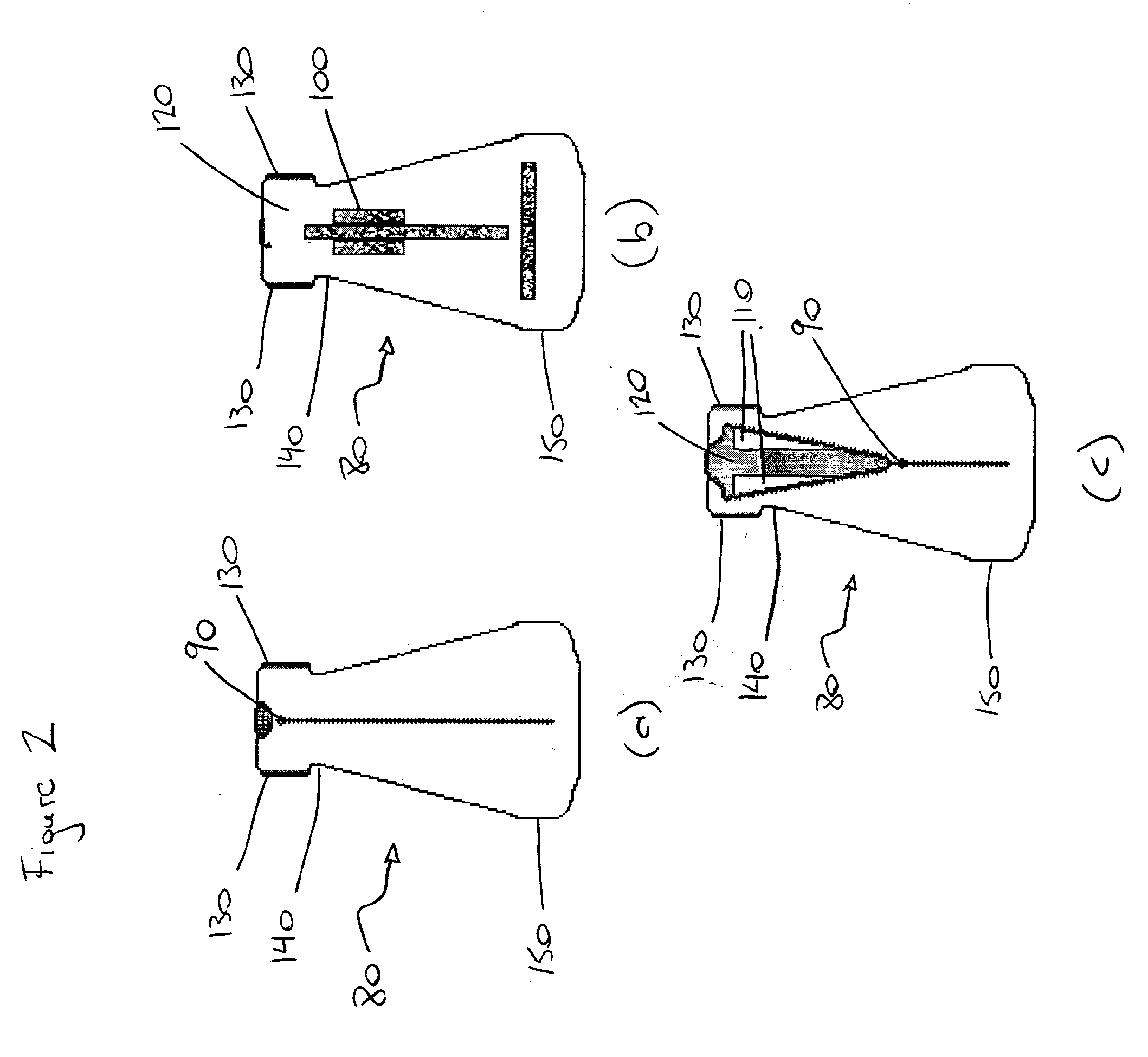Infant sleeping system
a technology for infants and sleeping bags, applied in children's furniture, medical science, apparel, etc., can solve the problems of infant suffocation risk, infant suffocation risk, blanket or bedding loosening and/or repositioning during sleep, etc., to reduce the risk of infant suffocation and restrain the movement of the infant's arms
- Summary
- Abstract
- Description
- Claims
- Application Information
AI Technical Summary
Benefits of technology
Problems solved by technology
Method used
Image
Examples
Embodiment Construction
[0027]FIG. 1 shows the crib sheet 10 of the present invention. The crib sheet 10 has strips 20 of reinforcing material sewn between two layers of fabric. The strips 20 of reinforcing material form six attachment points 30 for attachment to the crib bars (not shown). The attachment points 30 extend beyond the outer edge of the crib sheet 10, are adjustable in length, and have a locking clip mechanism in order to connect to crib bars or bed frames of different sizes and configurations. In an alternative embodiment, a locking clip can be used to connect a separate strap 40 which may then be clipped, for example, to a bed frame instead of a crib. The attachment points 30 can be used to attach various travel straps for affixing the crib sheet to articles other than a crib. The crib sheet can have any number of desired locking clips or strips of reinforcing material greater than 6. In the preferred embodiment, the crib sheet has a strip 20 of reinforcing material extending from each of th...
PUM
 Login to View More
Login to View More Abstract
Description
Claims
Application Information
 Login to View More
Login to View More - R&D
- Intellectual Property
- Life Sciences
- Materials
- Tech Scout
- Unparalleled Data Quality
- Higher Quality Content
- 60% Fewer Hallucinations
Browse by: Latest US Patents, China's latest patents, Technical Efficacy Thesaurus, Application Domain, Technology Topic, Popular Technical Reports.
© 2025 PatSnap. All rights reserved.Legal|Privacy policy|Modern Slavery Act Transparency Statement|Sitemap|About US| Contact US: help@patsnap.com



